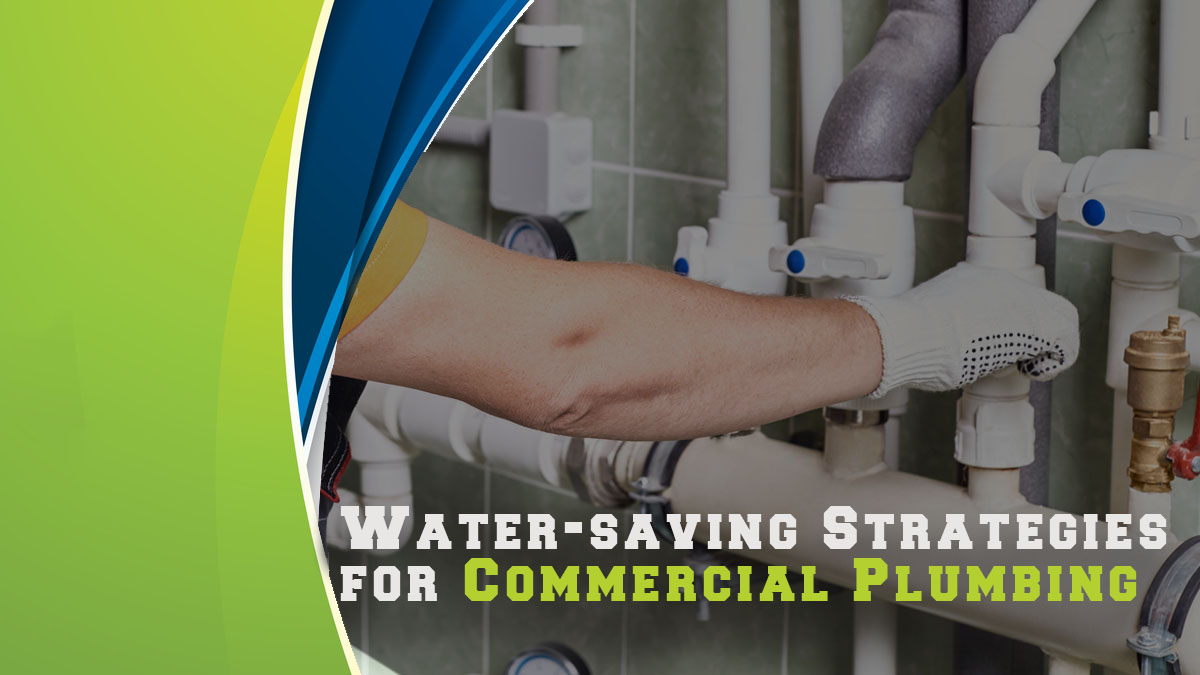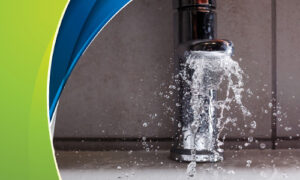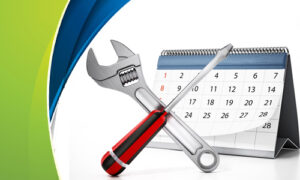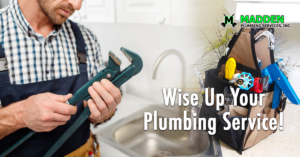Water-saving Strategies for Commercial Plumbing
Is your business doing its part in conserving our planet’s most vital resource? Water conservation is no longer just an option; it’s a responsibility every business must embrace. Commercial plumbing systems can consume massive amounts of water. Still, your company can significantly impact the environment and your bottom line with the right water-saving strategies.
This post will explore essential tips and best practices for implementing effective water-saving strategies in commercial plumbing. Let’s join forces to reduce water waste, cut costs, and pave the way toward a sustainable future. Are you ready to make a lasting difference? Let’s dive in!

Common Water-Wasting Practices in Commercial Plumbing
Water is a valuable commodity, and various practices can result in considerable water waste within plumbing strategies. The following are standard techniques contributing to water wastage in commercial plumbing and corresponding solutions businesses can implement to decrease water consumption and support eco-friendliness.
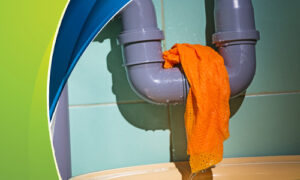
A. Leaks and drips
Over time, leaks and drips can waste significant water. A small drip from a faucet or a hidden leak in a pipe can quickly add up to wasted water and increased water bills. Regular maintenance checks can help identify and fix leaks before they become substantial problems. It’s essential to conduct routine inspections of all plumbing systems and fixtures to ensure they’re in good condition and operating efficiently.

B. Running water unnecessarily
Another prevalent cause of water waste in commercial plumbing systems is running water unnecessarily. It can include leaving taps running or using high-flow showerheads, quickly adding to wasted water. Educating staff on the importance of turning off taps and using water-efficient fixtures can help reduce this water waste. By encouraging staff to be mindful of their water usage and providing training on water-saving practices, businesses can significantly reduce their water bills and promote sustainability.
C. Using outdated plumbing fixtures
Outdated plumbing fixtures, such as toilets, faucets, and showerheads, can use large amounts of water compared to more modern, water-efficient options. Upgrading to water-efficient fixtures can significantly reduce water usage and costs. Plumbers or building owners can install water-efficient fixtures such as low-flow toilets, aerated faucets, and low-flow showerheads in commercial plumbing systems. By investing in modern, water-efficient fixtures, businesses can save money on water bills while promoting sustainability.
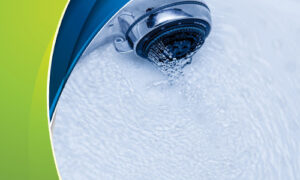
Assessing Water Usage
Evaluating your commercial building’s water usage is critical to implementing effective water-saving strategies. A water audit can help pinpoint high-consumption areas and guide your water-saving efforts. Some examples of what a water audit can cover include the following:
A. Conducting a water audit
Water management experts or auditors perform water audits by measuring and monitoring water use, identifying inefficiencies and waste, and determining the potential for water savings. You can conduct a water audit online or hire a professional to perform a comprehensive audit. The audit will typically involve reviewing water bills, assessing water fixtures and appliances, and monitoring water usage patterns.
B. Identifying areas of high water consumption
Once you have conducted a water audit, you can identify areas of high water consumption in your commercial building. These areas may include restrooms, kitchens, and laundry facilities. You can also identify leaks or other inefficiencies that are wasting water. By focusing your water-saving efforts on these areas, you can reduce water consumption and save money on your water bills.
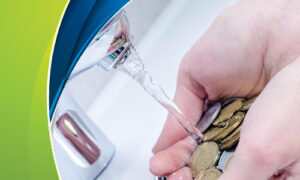
Water-Saving Strategies for Commercial Plumbing
Water conservation is essential, and businesses can significantly impact it by implementing effective water-saving strategies in their commercial plumbing systems. Below are some practical water-saving strategies companies can implement to reduce water waste, save money on water bills, and promote environmental sustainability.
A. Conducting regular maintenance checks
Regular maintenance checks are essential for identifying and fixing leaks and other issues in commercial plumbing systems before they become significant problems. Regular inspections and maintenance can keep the plumbing system in good condition and prevent water waste. Scheduling routine maintenance checks can help detect and address issues promptly and prevent costly water damage.
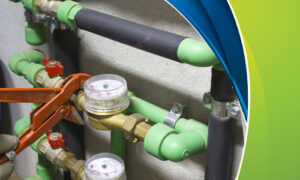
B. Installing water-efficient plumbing fixtures
Upgrading to water-efficient fixtures, such as low-flow toilets and faucets, can significantly reduce water usage in commercial plumbing systems. These fixtures can reduce water use without sacrificing performance, making them a cost-effective investment for businesses. Substituting old-fashioned fixtures with water-efficient options can benefit companies by reducing water bills and lessening their environmental impact.

C. Educating staff on water-saving practices
Educating staff on the importance of water-saving practices can help reduce unnecessary water use. It can include encouraging staff to turn off taps when not in use, use water-efficient fixtures, and report any leaks or water waste. By creating a culture of water conservation and providing staff with the necessary knowledge and tools, businesses can significantly reduce their water usage and promote sustainability.
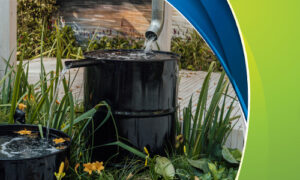
D. Collecting and reusing water
Collecting and reusing water, such as rainwater or greywater, can help reduce the amount of potable water used in commercial plumbing systems. You can use this water for irrigation, toilet flushing, or other non-potable water needs. Integrating rainwater harvesting or greywater recycling systems can substantially decrease a company’s reliance on drinkable water and encourage sustainability.

E. Implementing water monitoring systems
Businesses can implement water monitoring systems to track their water usage and identify areas where they can implement water-saving strategies. These systems can provide data on water usage trends and identify potential areas for improvement. By monitoring water usage and identifying inefficiencies, businesses can implement targeted water-saving strategies and reduce water bills while promoting sustainability.

Take Action for Sustainability!
In short, adopting water-saving strategies in commercial plumbing systems can significantly impact the environment and a business’s finances. Companies can reduce their water usage, lower their water bills, and promote environmental sustainability by conducting regular maintenance checks, installing water-efficient fixtures, educating staff on water-saving practices, collecting and reusing water, and implementing water monitoring systems.
These water-saving practices offer cost savings and contribute to the broader objective of preserving our planet’s valuable resources for future generations. So, let’s all take responsibility and contribute to water conservation efforts, promoting a more sustainable future.
